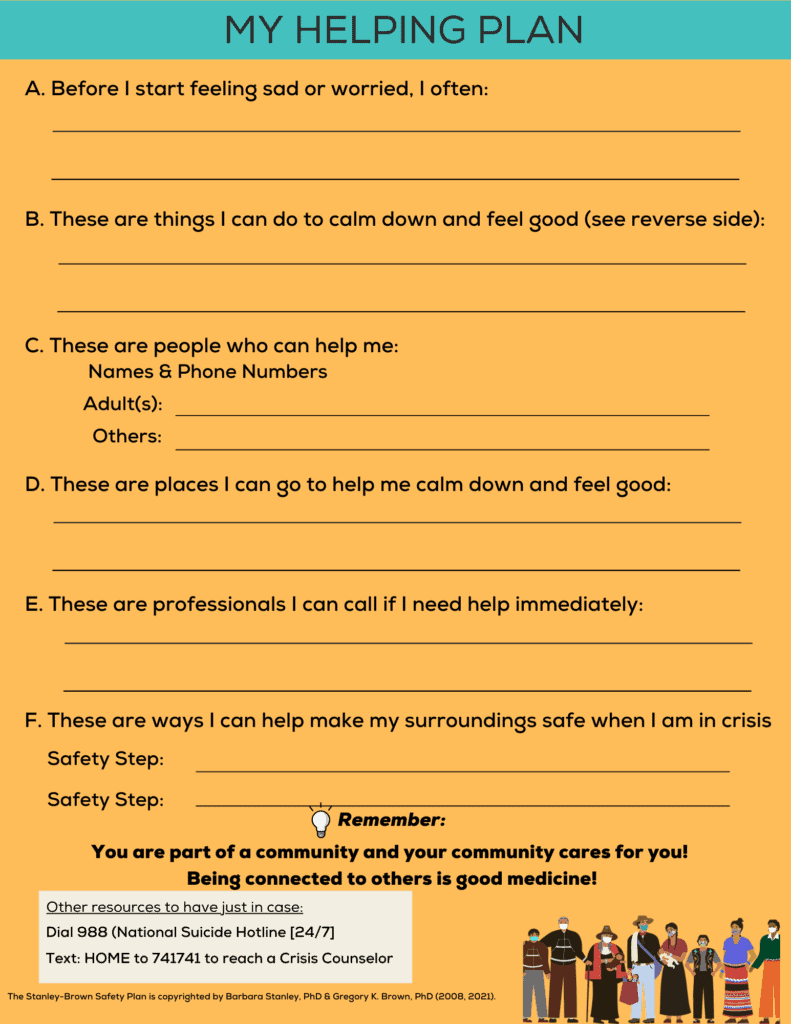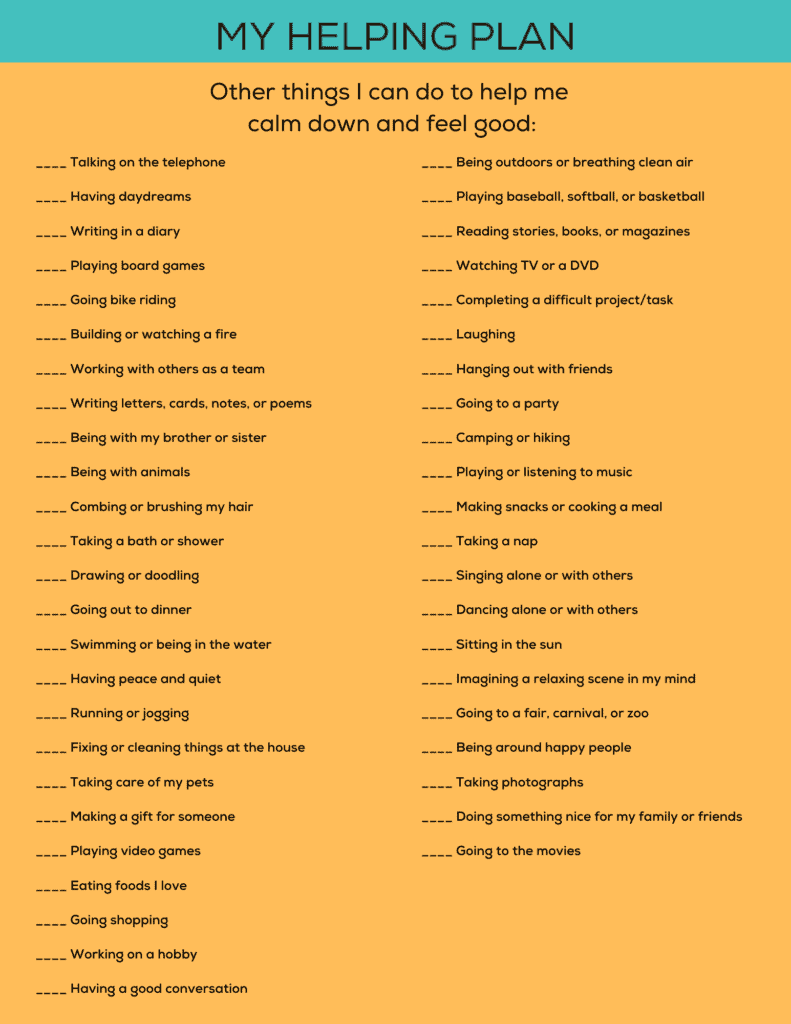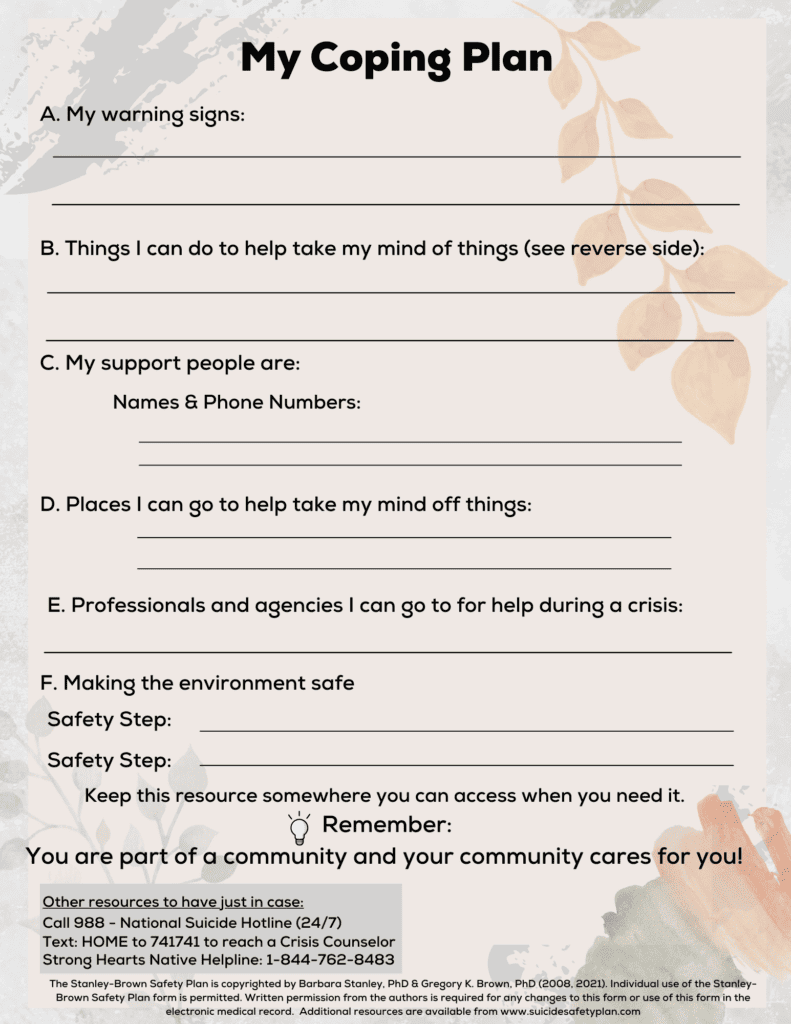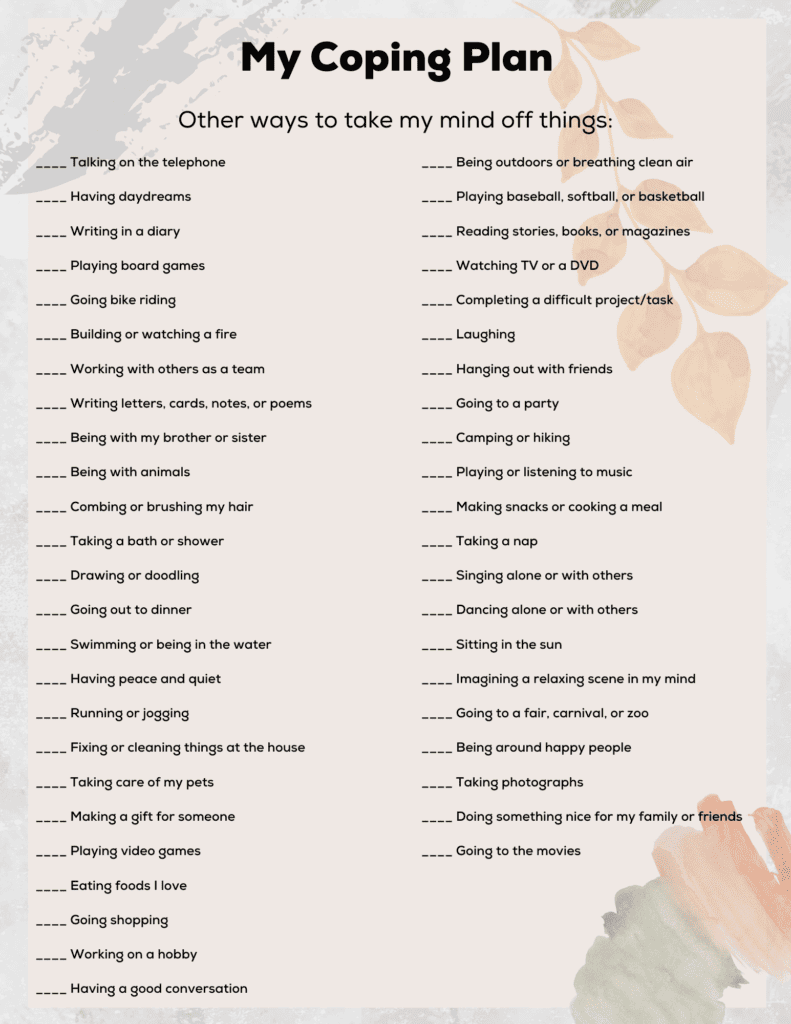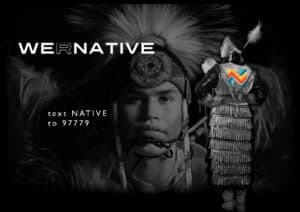+Connection is Medicine Suicide Safety Intervention
Training Videos – Navajo Nation
Created by the +Connection is Medicine team.
“Shiyazhi, may you always walk in beauty.”
The Diné (Navajo) are a resilient people whose core value of k’é is the foundation of everyday life. K’é refers to the affective action and solidarity and embodies love, compassion, kindness, friendliness, generosity, and peace (Navajo Nation Division of Education, 1997). This core value is essential for healthy living, educational prosperity, and flourishing of our Diné children and adolescents.
The risk of suicide in Indigenous communities has greatly increased over the past few years, likely associated with stressors linked to the COVID-19 pandemic and the major disruptions to everyday life for Diné youth. The +Connection is Medicine team has been responding to the mental health needs of Diné adolescents and their parents since 2021 through community-based safety planning for study participants identified as having increased risk of suicide based on our mental health screenings.
These videos provide examples of how this intervention has been tailored to Diné people and delivered by trained Diné study team members. Guided by a Community Advisory Board that included Diné youth, parents, providers, and traditional healers, the Stanley-Brown Safety Planning Intervention was adapted for Diné adolescents and adults.
This evidence-informed intervention, which has long been used to prevent suicide in adults, has now been aligned with Diné values of cultural connectedness, kinship, and respect. These videos represent a culturally driven, precision public health approach to addressing suicide risk on the Navajo Nation.
Conducting the +Connection is Medicine Safety Planning Intervention using the “My Helping Plan” template with an adolescent
For adolescents (teens), we referred to the Safety Plan as “My Helping Plan.” We modified the language used to include plain language with culturally responsive references and imagery. The Helping Plan was reviewed by members of our Diné youth advisory board members. The Helping Plan includes six main steps:
1.) Identifying and discussing areas of mental health distress (e.g., anxiety, depression, etc.)
2.) Guided identification of health coping strategies (e.g., Talking with family members, going for a run)
3.) Identifying responsible and safe adults to contact for support (e.g., parent, teacher, etc.)
4.) Identifying safe and accessible places to visit (e.g., family hogan, the cornfield, etc.)
5.) Listing local and national resources for mental health (e.g., Indian Health Service Behavioral Health, Tribal Social Services, Emergency Room, National hotlines)
6.) Taking steps to make the home safe, if necessary (e.g., limiting access to pills or firearms)
In this video our team member, Lisa Jim, role plays a safety planning with an adolescent community member. Safety planning can take place in educational settings, such as a school or after school program.
Conducting the +Connection is Medicine Safety Planning Intervention using the “My Coping Plan” template with an adult
For adults, we referred to the Safety Plan as “My Coping Plan.” We modified language for adults, as well, and focused on the use of plain language with neutral imagery. The Coping Plan was reviewed by adult members of our Diné community advisory board. The Coping Plan includes six main steps:
1.) Identifying and discussing areas of mental health distress (e.g., anxiety, depression, etc.)
2.) Guided identification of health coping strategies (e.g., Talking with family members, going for a run)
3.) Identifying responsible and safe adults to contact for support (e.g., friend, spouse, etc.)
4.) Identifying safe and accessible places to visit (e.g., family hogan, the cornfield, etc.)
5.) Listing local and national resources for mental health (e.g., Indian Health Service Behavioral Health, Tribal Social Services, Emergency Room, National hotlines)
6.) Taking steps to make the home safe, if necessary (e.g., limiting access to pills or firearms)
In this video our +CiM team member, Kyann Dedman-Cisco, role plays a safety planning with an adult community member. Safety planning can take place in an office, clinic, or other community-based settings.
More Information
For more on our adapted safety planning intervention including implementation and strategies for adapting for other Indigenous communities, please contact Dr. Joshuaa Allison-Burbank at jalliso8@jhu.edu or Dr. Emily Haroz at eharoz1@jhu.edu.
Video Credits
Cast
Sydney Davis (Diné) Kyann Dedman-Cisco (Diné) Vanessa Begaye (Diné)
Melissa Tso (Diné) Mathias Veith (Diné) Nevaeh Sandoval (Diné)
Videography by
John Hosteen (Diné)
Directed by
Joshuaa D. Allison-Burbank, PhD, CCC-SLP (Diné & Acoma Pueblo)
Navajo Nation Community Advisory Board Members
Ursula Knoki-Wilson
Sheila Betz
+Connection is Medicine Research Team
Vanessa Begaye (Diné), Chinle, AZ Site
Kyann Dedman-Cisco (Diné), Chinle, AZ Site
Lisa Jim (Diné) Shiprock, NM Site
Lacey Howe (Diné) Shiprock, NM Sit
Janelle Nez (Diné) Tuba City, AZ Site
Shannon Archuleta, MPH
Renae Begay, MPA
Emily Haroz, PhD
Joshuaa D. Allison-Burbank, PhD, CCC-SLP
References
Stanley, B., & Brown, G. K. (2012). Safety planning intervention: A brief intervention to mitigate suicide risk. Cognitive and Behavioral Practice, 19(2), 256–264. https://doi.org/10.1016/j.cbpra.2011.01.001
Naumova E. N. (2022). Precision public health: is it all about the data?. Journal of public health policy, 43(4), 481–486. https://doi.org/10.1057/s41271-022-00367-5
Barrera, M., Jr., Castro, F. G., Strycker, L. A., & Toobert, D. J. (2013). Cultural adaptations of behavioral health interventions: A progress report. Journal of Consulting and Clinical Psychology, 81(2), 196–205. doi:10.1037/a0027085
About the Safety Planning Tool: Development and Purpose
The 988 Suicide & Crisis Lifeline + Native Crisis Text Line
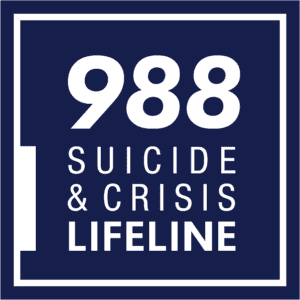
Call or text the 988 Lifeline anytime, 27/7.
The 988 Suicide & Crisis Lifeline (formerly known as the National Suicide Prevention Lifeline) provides free and confidential emotional support to people in suicidal crisis or emotional distress 24 hours a day, 7 days a week, across the United States. The Lifeline is comprised of a national network of over 200 local crisis centers, combining custom local care and resources with national standards and best practices.
Native Crisis Text Line:
Sometimes things are too overwhelming to deal with alone. If you need to advice from a trained counselor, simply text the word “NATIVE” to 741741.
You will be immediately connected with a crisis counselor. Having a trusted support 24/7 is important during these tough times. Don’t hesitate to reach out. All support and resources shared will remain confidential. Plus, there is no cost to you.
